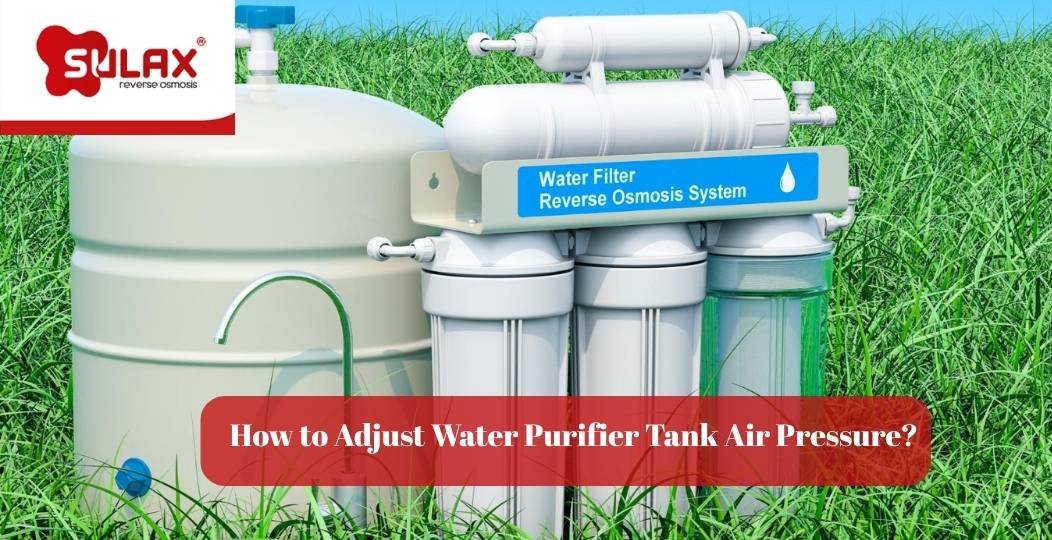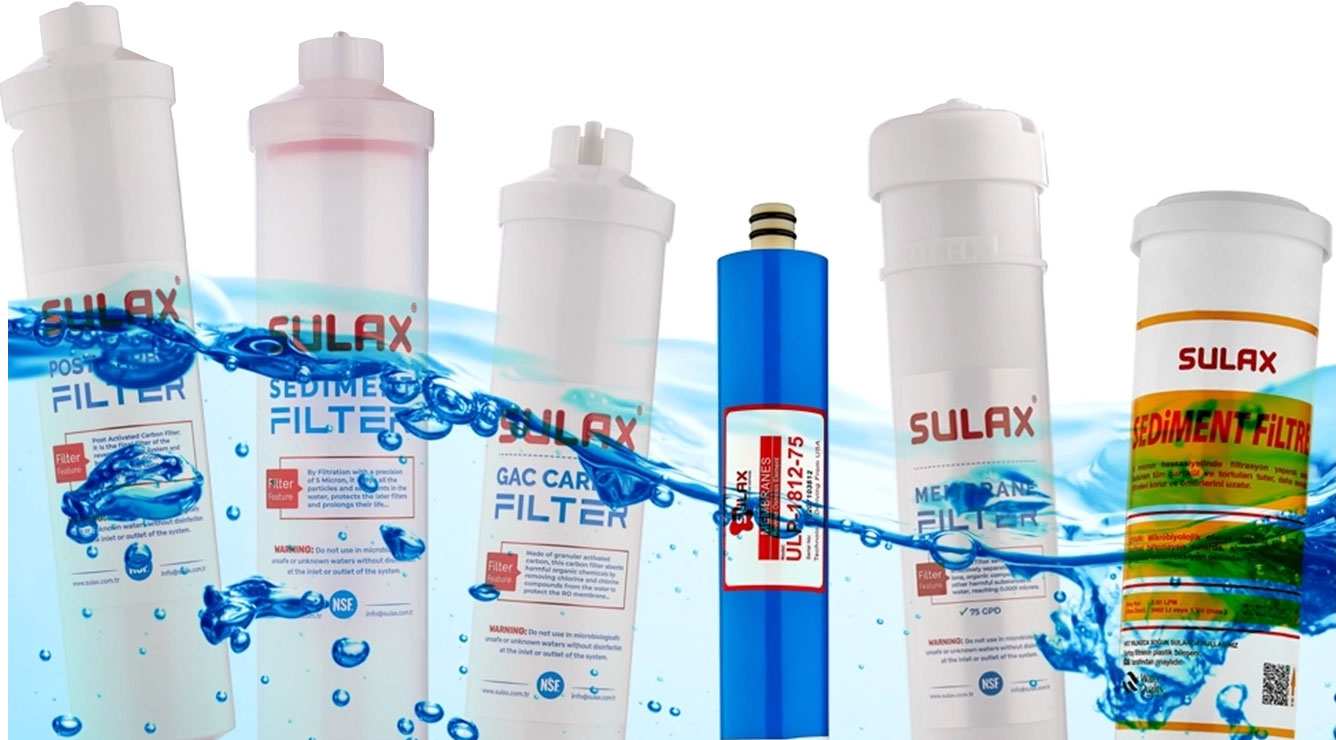
For your water purifier to operate in a healthy and efficient manner, not only the filter but also the tank section of the water purifier must be checked regularly. In particular, the air pressure adjustment of the tank directly affects the water output and performance of the device. When the air pressure is too low or too high, the water flow in the system can be disrupted. Therefore, learning how to adjust the pressure is very important. In this article, we will cover in detail how to adjust the air pressure of a water purifier tank.
There are several factors to consider when choosing a water purifier tank. These include:
When selecting a water purifier tank, not only the capacity and material quality but also the price are important factors. Water purifier tank prices vary depending on size, capacity, and material quality. For updated prices, you can visit our water purifier tank page to check our products.
To adjust the air pressure of a water purifier tank, you should follow these four steps:
The ideal air pressure for a water purifier tank is between 5–7 PSI. This pressure ensures that purified water flows quickly and efficiently from the tap. If the pressure is too low, the water flow will be slow; if it’s too high, the efficiency of the device may decrease.
Additionally, having a high tank air pressure does not mean you will have high-pressure water for a long time. You may get high-pressure water for a short period, but as the pressure increases, more stress is placed on the pipes, which can cause cracks or breaks—leading to higher costs and more labor.
In water purifiers, the tank's air pressure plays a critical role in ensuring the system operates efficiently. If the air pressure is not properly adjusted, the tank may not store enough water, or the water flow from the tap may weaken. This reduces user comfort and negatively impacts the device’s performance.
If your tank’s water flow has decreased or the device is cycling frequently, one of the first things you should check is the air pressure. The ideal value is generally around 7–8 PSI, and you can measure it with a digital manometer. If the pressure is too low, water output decreases; if it’s too high, the diaphragm may be damaged.
Correct use and regular maintenance of the device not only extend the life of the tank but also help maintain the water pressure at its ideal level; for more details, check our water purifier tank lifespan article.
For a 12-liter water purifier tank, the ideal air pressure is generally between 5–7 PSI. This ensures smooth and fast water flow.
A water purifier can work without a tank, but the water flow from the tap will be very low, and it will be difficult to get water instantly. The tank stores purified water and ensures efficient water flow, so without it, the device operates inefficiently.
If too much air is added to the water purifier tank, the water flow will be faster and at higher pressure. However, this can put excessive strain on the system, shorten the tank’s lifespan, and create a risk of leakage. Additionally, if the tank’s pressure is too high, the air chamber inside the tank may be damaged.

Fill out the form and be the first to enjoy the benefits!